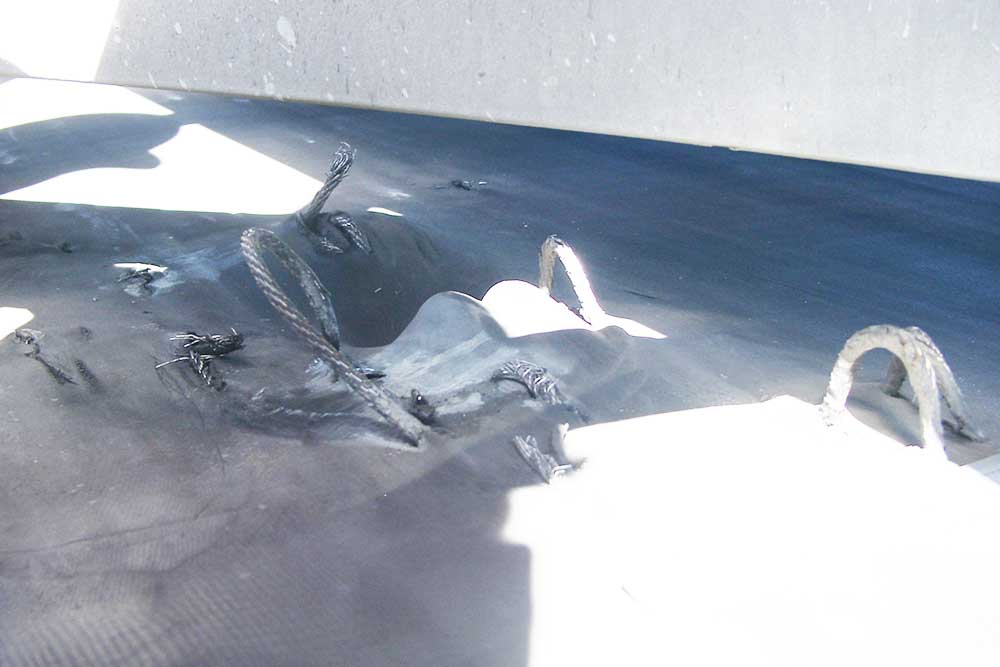A complete approach to splice quality assurance
Conveyor belt condition monitoring
Non-biased advice and honest evaluations
Splice Quality Assurance and splice supervision
Conveyor Diagnostics International provide for full coverage to ensure all the required manufacturing parameters are being followed, backed with over 30 years within the splicing industry.
If you’re looking for a complete approach to splice quality assurance, Conveyor Diagnostics International can tailor a package that includes the following:
- Vulcaniser baseline assessment: Your vulcaniser is checked pre-splice before taken from the workshop against OEM specifications and Australian standards. This ensures all components are operational before splicing commences. Any issue that arises can be addressed by our highly trained and experienced technicians, everything from simple re-calibration through to part replacement can be done on site before issues arise during splicing.
- On site splice Quality Assurance: Conveyor Diagnostics International personnel can supervise the conveyor belt splicing process to ensure all work is carried out to the specific splice procedure. Each stage of the splicing process is digitally recorded and documented via calibrated data logging equipment so you can be sure that all steps of the process are carried out as per the supplied procedure.Conveyor Diagnostics International then provide a comprehensive report including all relevant photos, data logger outputs and all post splice measurements including shore A Duro readings and ultrasonic thickness measurement if required.
- Post Splice Digital X-Ray: Digital splice x-ray post splice provides assurance that the splice is as per design, layup has remained in position through the vulcanising process, all rubber has been cured and flowed as designed, as well as confirming there are no voids created through the vulcanising process. This gives the plant owner full confirmation that the splice is ready for service.
- Baseline MFL Belt scan: A baseline MFL scan allows for data to be taken before operational service. This ensures baseline signatures for each splice can be recorded for future comparison and damage sustained during the install process can be located and repaired before the belting is returned to production.
Our commitment to providing non-biased advice and conducting honest evaluations is a cornerstone of our approach.

We understand that in the conveyor belt industry, one size does not fit all.
That’s why our recommendations are based on a comprehensive understanding of your unique needs, rather than any particular brand or product.
With Conveyor Diagnostics International, you’re not just getting decades of experiences; you’re getting a partner committed to your best interests and delivering the most advantageous outcome.
As a specialist conveyor belt condition monitoring company, your results are in our best interest.
Ultrasonic belt gauging
Through the use of ultrasonic equipment, Conveyor Diagnostics International are able to periodically gauge conveyor belt covers and allow for life predictions and wear rates to be established for any given conveyor system.
This type of analyst data can make system predictions and provide valuable stock holding data which in turn leads to reduced time and money on the job.
Belt cover profiling and inspections
Conveyor Diagnostics International have highly experienced and trained ultrasonic technicians, giving clients peace of mind when engaging a contractor to provide accurate life predictions.
As part of Cover Profiling of conveyor belts, our technicians take static measurements along the length of the belting and compare these to previously recorded measurements allowing an accurate life prediction to be determined. This information is critical when budgeting for replacement of the belting.
During the cover thickness inspection, Conveyor Diagnostic International personnel carry out visual inspections of the conveyor and conveyor components to ensure there is no issue contributing to premature wear.
Cover hardness
Shore ‘A’ Cover hardness testing can be carried out at the client’s request. As belting ages, the rubber compound begins to harden which can cause crazing (or fractures) and cracking allowing moisture into the carcass causing corrosion steel cord damage.
Contact us
Increase the life of your conveyor systems

Ben Cole
+61 408 108 618
We’ve worked on and monitored one of the longest conveyor belt operations across the world, including a 32,700-metre conveyor belt in India.
Our monitoring operations has spanned more than 6 countries over the last 10 years.
We work with customers in locations across Australia, the United States, India, South Africa, Indonesia, Papua New Guinea, and beyond.
